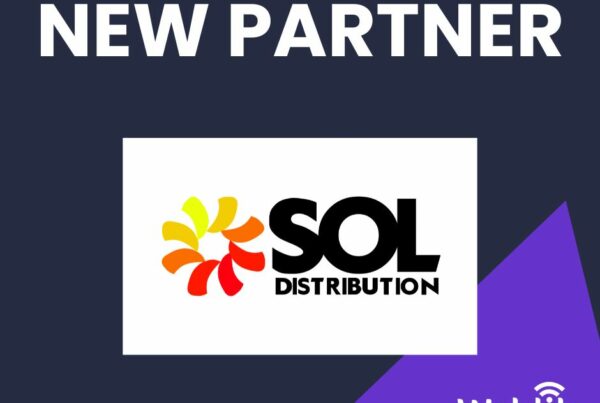Captive portal: Rediscovering the potential of Wi-Fi
In 2021, there could well be more that 541 million public hotspots in the World. Many of them, especially community hotspots, will come with a captive portal, e.g., a page displayed on a device, after the user has requested online access, but before that access can be granted.
Through authentication, public and private venues can provide free Internet access to all users while, at the same time, complying with applicable regulations. Today, a Wi-Fi service that delivers a sought-after access to the Web is considered as a necessary investment, and therefore, a cost center. But, behind the scenes, the captive portal actually does have true cash value.
How can free Wi-Fi access achieve an ROI?
For businesses, providing Internet access to their customers has become a must: we live in an always-on digital world, and Web access is pivotal for designing a powerful user experience. Nevertheless, Wi-Fi represents a major cost, while the return on such an investment is highly hypothetical.
Yet, the captive portal can drive business value for companies. As of today, this channel is rarely leveraged to its full extent by Web players, despite its capacity to push tailored content to the audience and provide companies with the basics of a data-driven marketing strategy.
This portal can deliver information and services, including blog posts, an appointment-making service, or even a place for consumers to interact in a very personalized manner with a brand, and take advantage of multiple benefits. From that perspective, the captive portal turns the Wi-Fi, which is a traditional cost center, into a business engine.
Attract the user with value-added content
Once the user is authenticated, the captive portal serves as a communication channel that delivers exclusive, valuable content. The landing page displays exclusive information, not available on other Web sites, applications or social networks. This unique content will act as a step to engage with users.
As a second step, the authentication, coupled with the history of diverse behavior, makes it possible to implement a data-driven marketing approach that analyzes user data, directs such users to personalized content on other channels, or pushes tailor-made offerings.
The urge to rethink Wi-Fi
For most of us, a free Wi-Fi service means access to the Web, but today, that access can be achieved through a 4G mobile service.
Therefore, for Wi-Fi to be preferred over 4G, it must deliver more than just online access. For example, companies would be better off offering a set of benefits instead of just a basic Web portal. In that case they are implementing a Wi-Fi marketing service, which is the foundation of an engaging, data-driven strategy where the user takes centerstage.
Therefore, right from the design of the Wi-Fi logo up to the network ID, you must rethink the entire customer path to make sure that Wi-Fi, beyond delivering an online access, encourages a marketing approach with exclusive benefits. This stands as a consistent means to generate opportunities and positively impact the bottom line.
Today, Wi-Fi is confined to delivering to the user an access to the Internet. Yet, it is also a gateway to a host of benefits for corporates. For them, the captive portal is the cornerstone of a powerful content and data strategy that ultimately drives loyalty among users and customers, even turning them into advocates of a brand that knows how to best use Wi-Fi services to their full advantage.









